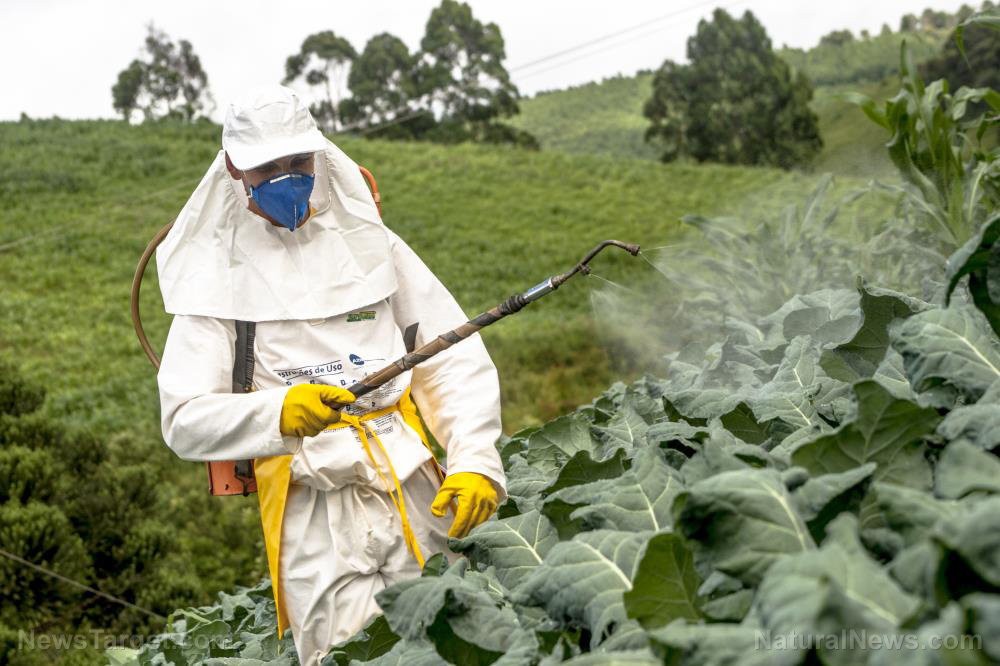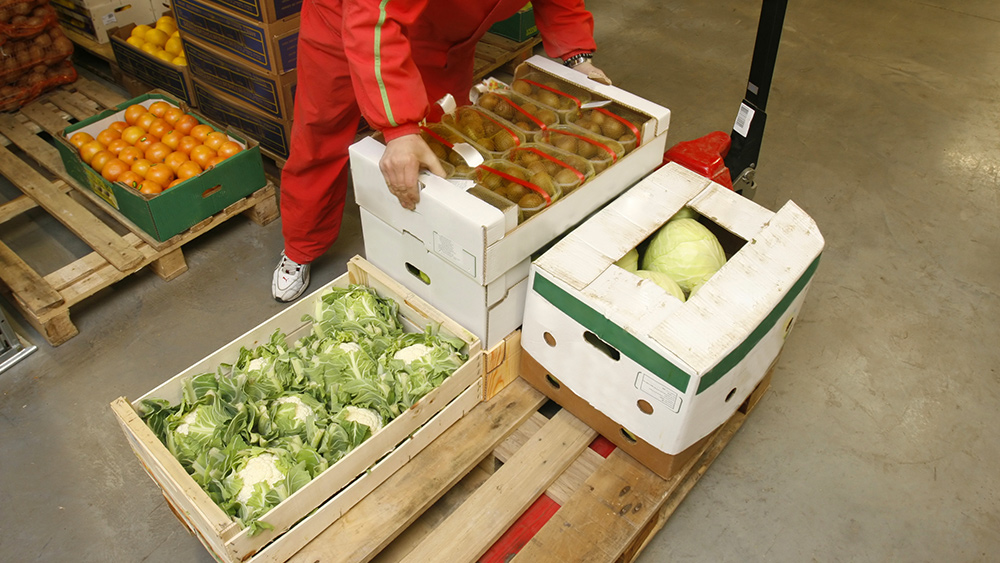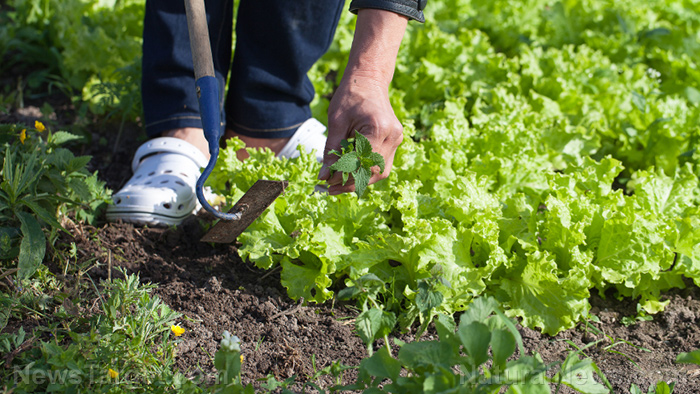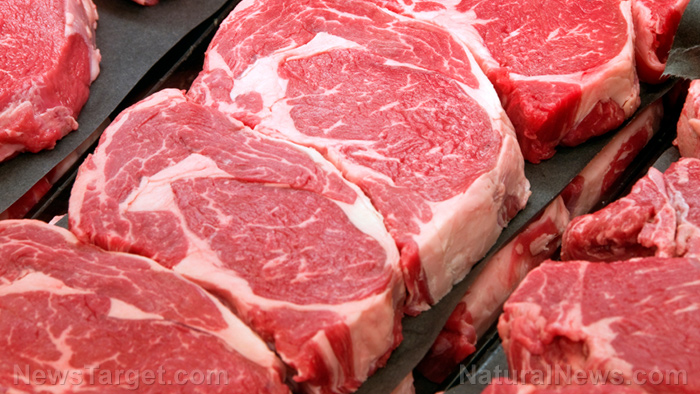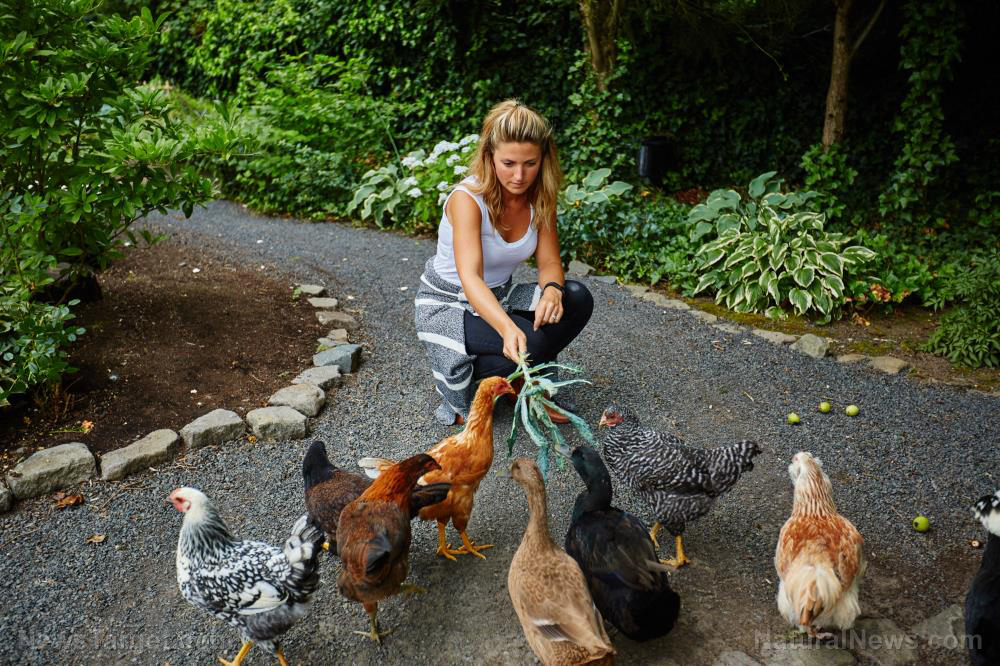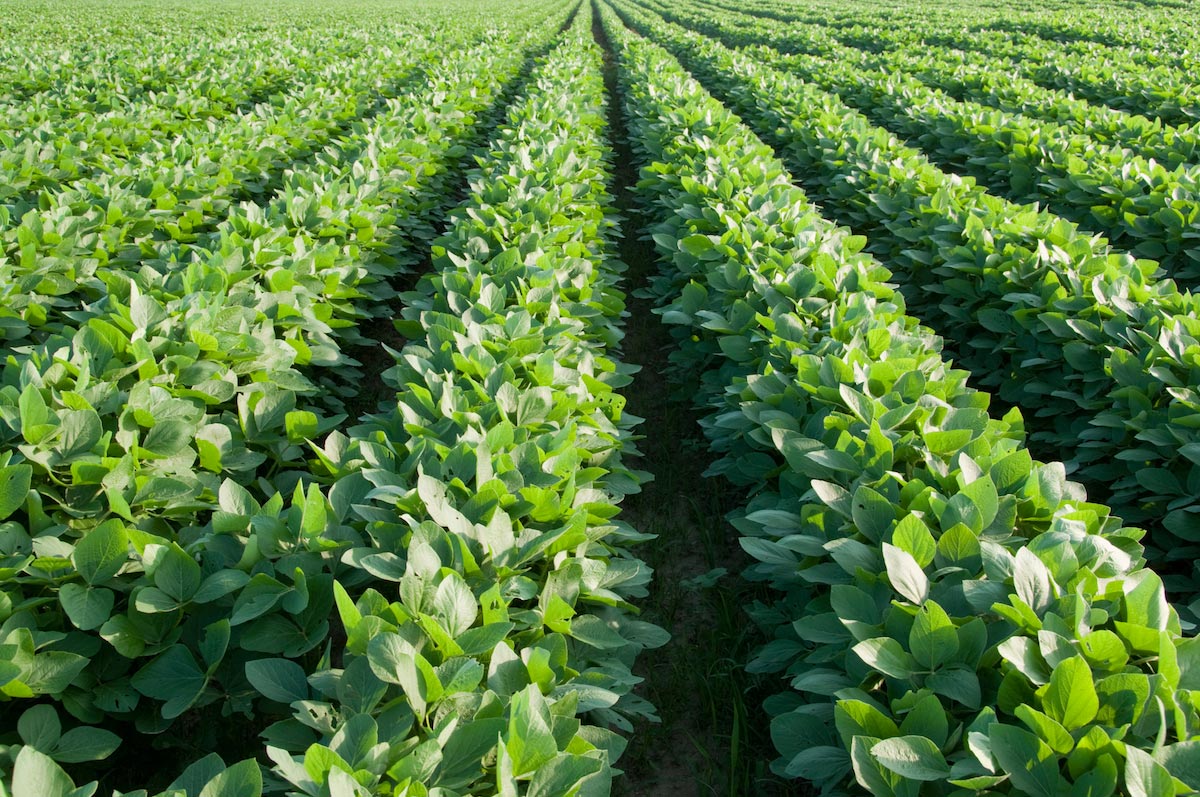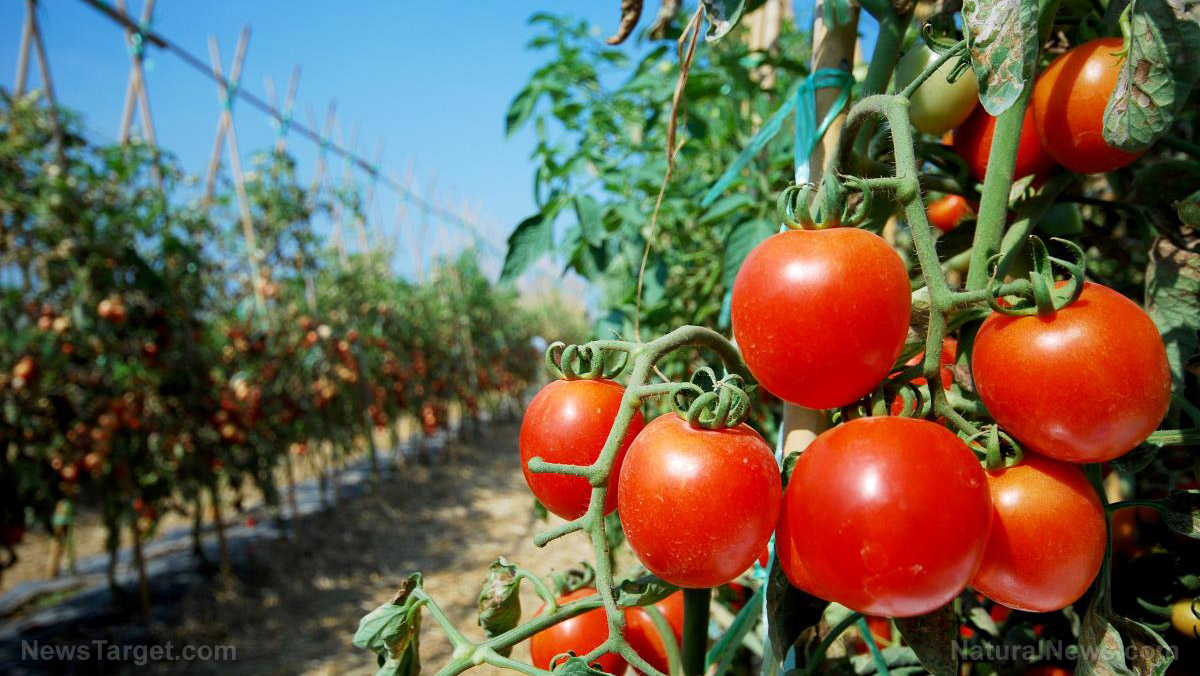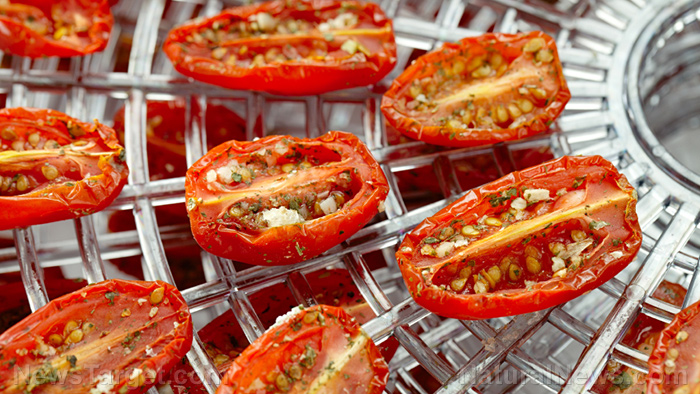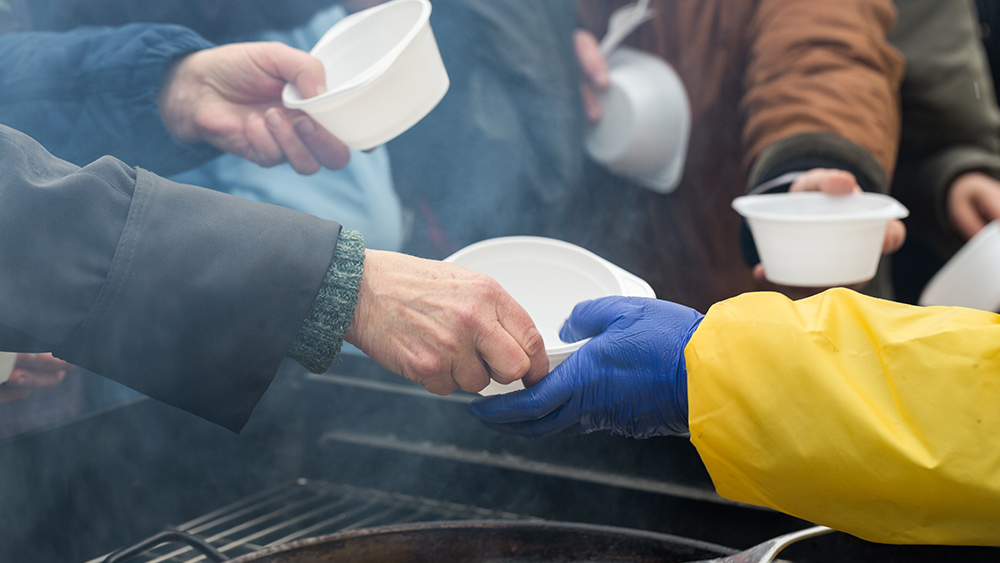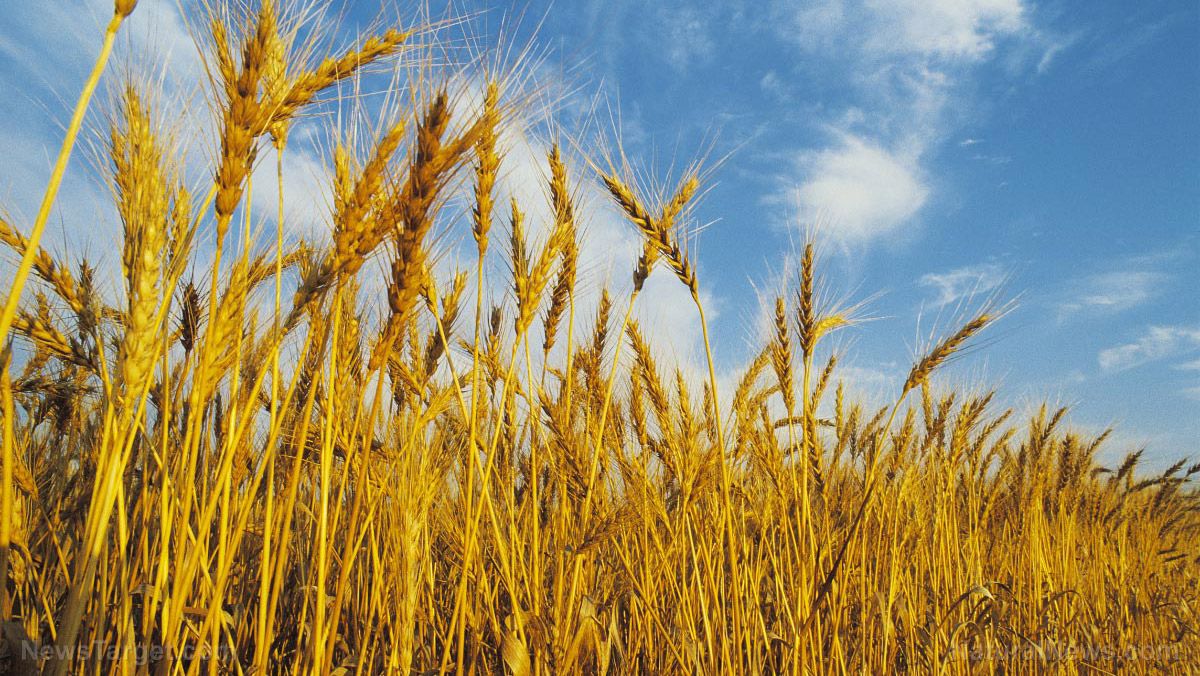America’s food system in shambles in the wake of the coronavirus pandemic
05/08/2020 / By Zoey Sky
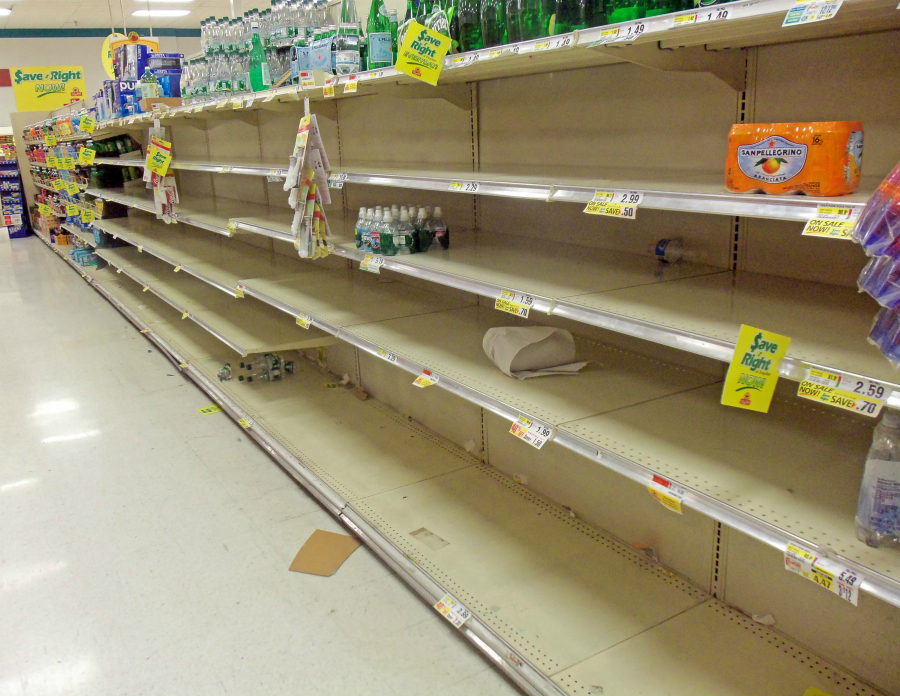
Because of the coronavirus (COVID-19) pandemic, Americans are now dealing with unemployment and food insecurity. At the same time, businesses are struggling to stay afloat and meet the ever-changing demand of consumers across the country.
Coronavirus and the new normal
The pandemic has forced businesses throughout America to adjust to the new normal.
Sherry Bonanno, executive director of the Hollywood Food Coalition, explained that the organization had to adapt their practices to effectively help those in need.
The pandemic has caused significant changes in California, where over one-third of America’s vegetables and two-thirds of its fruits and nuts are grown. Adding to the pandemic is the state’s currently existing issues of hunger and homelessness.
To address these concerns, food producers, distributors, retailers and advocates are continuously trying to come up with new ways to sustain the nation’s food supply and their own bottom lines, at the same time minimizing food waste and want.
Farmers and wasted produce
On March 16, Gov. Gavin Newsom implored restaurants to close. This then resulted in huge losses for the foodservice industry that supplied restaurants and bars, along with schools, hotels, production studios and catering services.
While worried consumers rushed to grocery stores to stockpile food and retail demand skyrocketed, the business wasn’t enough to meet all the lost demand from restaurants.
Scott Grabau, president and chief executive of Tanimura & Antle, a Salinas-based lettuce producer, said that the pandemic has flipped his business upside-down.
Tanimura & Antle grows year-round in California and Arizona but has recently had to stop harvesting entire fields. Grabau is considering planting more iceberg and romaine lettuce, two vegetables that are more popular among shoppers, and less of the boutique leaves offered to chefs.
Meanwhile, Cathy Burns, CEO of the Produce Marketing Association that represents produce companies, explained that crops planted months before based on pre-pandemic demand went to waste because of a lack of buyers. Produce worth billions of dollars had to be tilled back into the soil.
To reduce food waste in your own kitchen, categorize vegetables into groups: Use now, later and latest. Store hardier ingredients towards the back of the fridge and more fragile ingredients near the front.
If you have enough vegetables for at least one week, you can manage the ingredients better. Pay attention to each vegetable’s “internal clock,” so you can cook with them before they go bad.
Truckers with uncertain futures
According to Zach England, the chief operating officer of C.R. England, a Utah-based company that transports produce and meat in refrigerated trucks throughout California and other states, his company experienced the pandemic’s “seesaw effect.”
At least 4,000 of England’s 6,000 drivers haul food routinely. The demand for their services skyrocketed during the early weeks of the coronavirus pandemic when grocers had to work double-time to restock shelves, but the demand has settled down. (Related: Coronavirus infections at meat plants are already leading to grocery shortages.)
Greg Dubuque, president of the California Trucking Association and owner of Liberty Linehaul West in Montebello, shared that trucking companies continue operating in the hopes that the situation will improve soon.
Grocers and employee safety
During the first weeks of the coronavirus shutdown, shoppers quickly emptied store shelves. Grocers raced to restock, even as inventory was coming in from suppliers. Worried consumers were purchasing four to eight weeks’ worth of food at a time.
These last few weeks, Kroger and other grocers continue to keep stores stocked, even though dozens of workers have become ill. Unions protest that they report are management failures to ensure their workplace safety.
Food banks and hungry citizens
The coronavirus pandemic has resulted in a significant decrease in the supply of free food to food banks. At the same time, millions of Californians have become unemployed due to the pandemic, with a lot of families going hungry.
During the first three weeks of April, over 265,000 Americans applied for government food assistance under the CalFresh program. The California Department of Social Services, which administers the program, reported that the figure is more than twice the number of applicants during the same period in 2019.
On the other hand, grocery stores are selling more of their stock and donating less food. While restaurants and other businesses that closed had lots of supplies to give to food banks when the shutdown first began, the supply has now petered out.
Advocates work twice as hard to keep food banks operating
Bonanno from the Hollywood Food Coalition is constantly working on a new model that will allow clients to receive their food outside in a to-go bag.
Bonanno is also at a loss since her normal supply chains were cleaned out. Pre-coronavirus times, her group often received food from the movie studios, where one day of production on a film or television set results in enough leftover meals for hundreds of people.
But now, all the studios have closed and caterers, restaurants and groceries are providing the Hollywood Food Coalition with fewer resources.
Hope for the future
Throughout the American food system, citizens from all walks of life have expressed their fears and concerns. Despite this great need, experts remain hopeful about reducing food waste.
Chris Tang, a supply chain expert and professor at the UCLA Anderson School of Management, noted that countries and organizations around the globe are trying to think of efficient ways to “rebalance the supply and demand.” Tang added that efforts must be made to prevent food waste and get the food to those in need.
Currently, producers and those on the front lines of poverty and hunger are collaborating to address this issue. Tang expressed hope that the government and the private sector will work harder to connect the two.
He suggested that California, which has tech hubs and plenty of farms, could pave the way for possible solutions. With a new, nationwide online platform, there’s a chance that those who have access to food can quickly offer aid to those in need.
Sources include:
Tagged Under: Collapse, coronavirus, covid-19, distributors, farms, food, food banks, food supply, government, groceries, grocers, infections, meat processing, outbreak, pandemic, restaurants, starvation, superbugs, Supply, survival, virus
RECENT NEWS & ARTICLES
COPYRIGHT © 2017 FOOD SUPPLY NEWS


